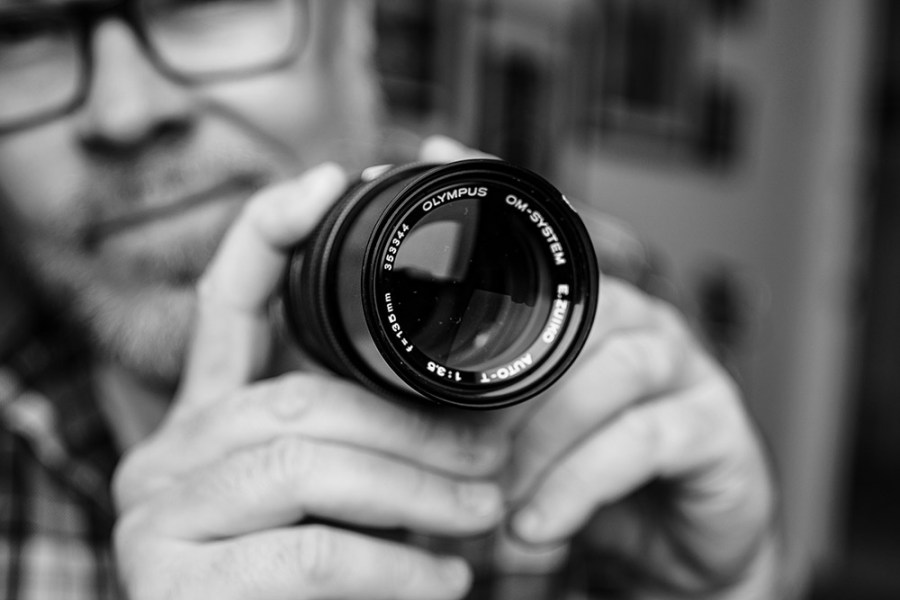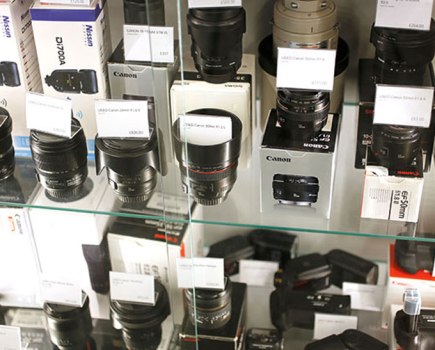We asked AP readers to name their favourite lenses and got a great response – particularly when it came to older and more quirky glass. Here’s a broad range of what you love and why..
Readers Favourite Lenses
Chantal Macleod-Holdsworth

Favourite lens: Carl Zeiss Jena Tessar 50mm f/2.8
Used on: Nikon D7000
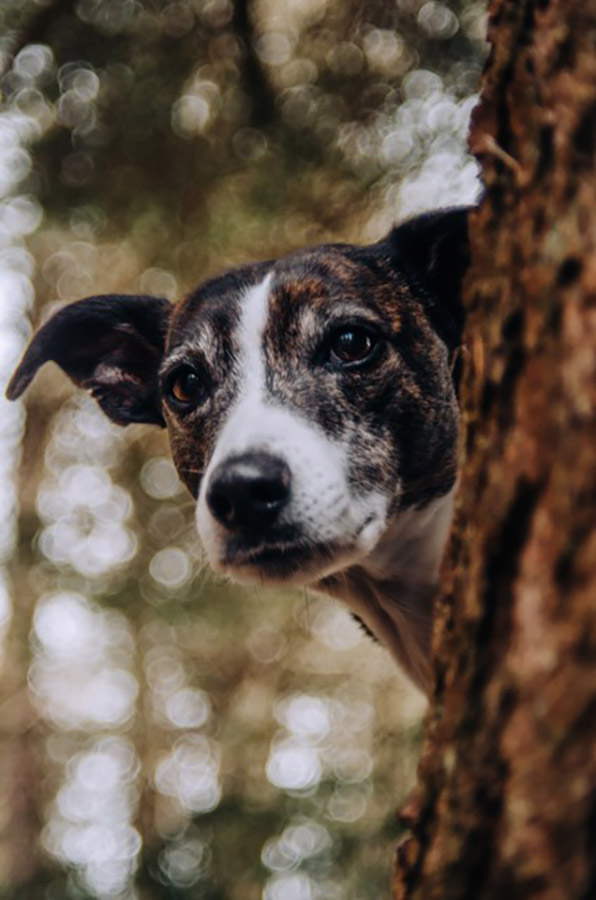
I love this old M42 screw-mount lens; it works very well on my Nikons for my pet photography and you can easily get adapters cheaply. The lens cost me about £40 in a private sale. There is an older version, the Zebra, which tends to be a bit more expensive at around £100, but it is well worth it. I have found you can often pick up M42 lenses at charity shops. The lens is manual-focus only and I tend to shoot at the widest aperture, which is my happy place. I particularly like the quality of the bokeh you get with this lens – it’s great for dog portraits and images of nature, flowers, etc. The lens does well in any light, but add a bit of early morning sunshine or nice evening light and she just sings!
Rose Atkinson
www.flickr.com/photos/roseatkinson
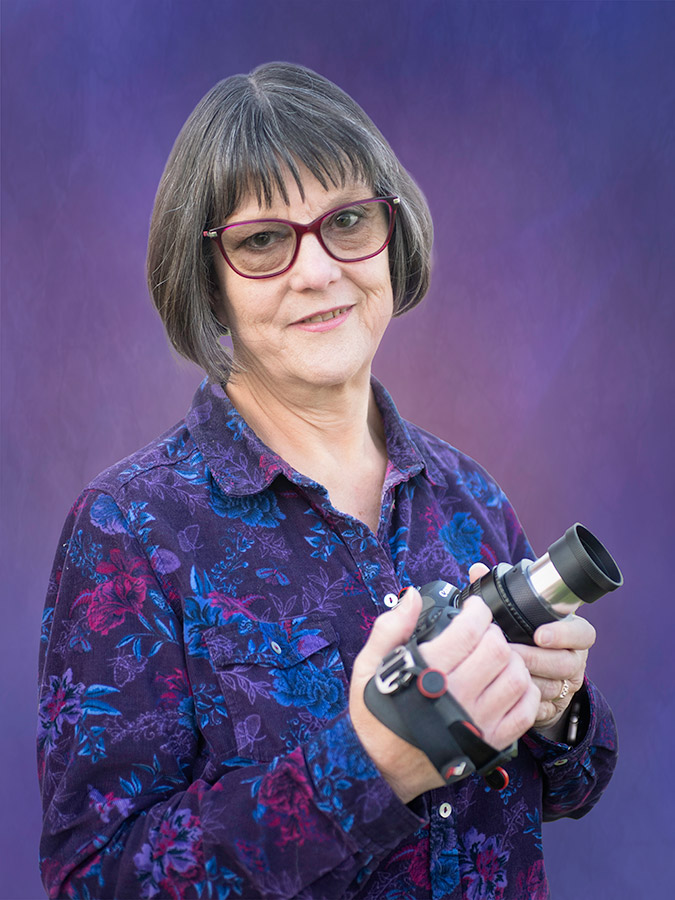
Favourite lens: Leitz Wetzlar Colorplan 90mm
Used on: Canon EOS R5
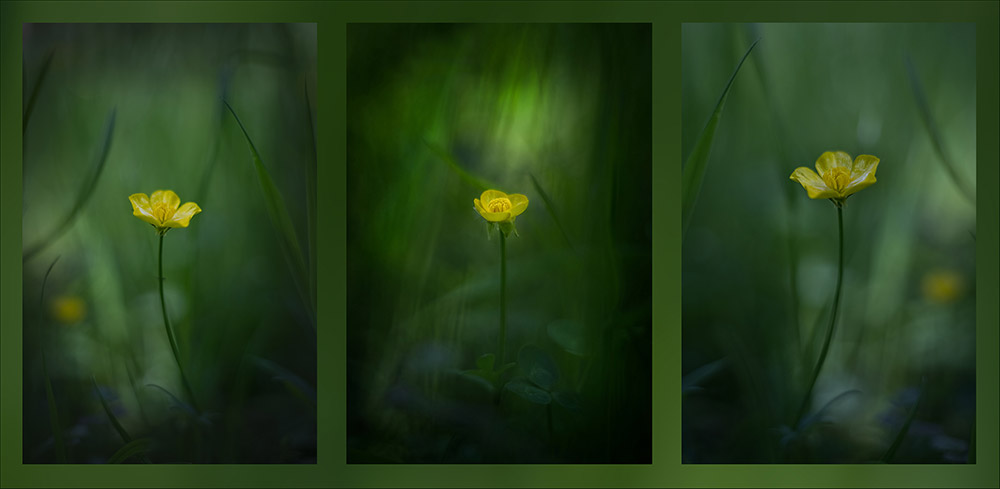
Leitz was the brand name Leica used for its projection lenses and the Colorplan was designed for 35mm slide projectors. The lens has no aperture blades and no focusing mechanism, but I’ve adapted it for use on my camera by adding a manual-focusing helicoid and a mount adapter (I collect vintage lenses). I like the way this lens makes me slow down – you can’t take quick snaps with it, be sure!
The lens is fitted to the camera with a M42 to Canon RF mount adapter on the helicoid. Focusing is very slow because the helicoid rotates nearly twice around the barrel from close focus to infinity, but I usually prefer to use it at, or close to, the minimum-focusing distance where I can make best use of the shallow depth of field. I use focus peaking on my mirrorless camera to select the point of focus.
As the lens has no aperture blades, it only has one aperture and is permanently wide open at f/2.5. It is sharp in the middle, surrounded by soft and creamy bokeh. If
I want my subject to be off-centre, I place it in the middle where it is sharpest, then crop and reframe afterwards.
Michael White
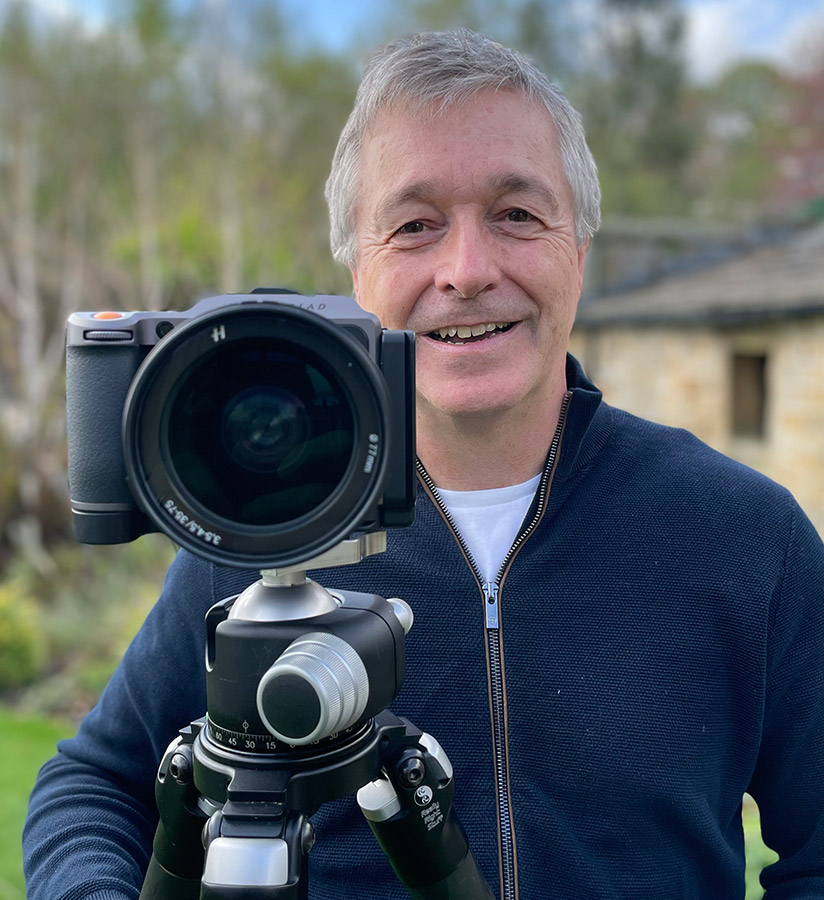
Favourite lens: Hasselblad XCD 35-75mm f/3.5-4.5
Used on: Hasselblad X1D II

I decided to try Hasselblad after several landscape bloggers I follow changed to medium format. I only had the budget for one lens, so naturally I chose the 35-75mm lens, which is approx. 27-60mm full-frame equivalent. I was a bit nervous about how limiting this would be, because I had been used to carrying several Nikon lenses that covered a much wider focal length range. My experience to date has not found this too much of a limiting factor and I absolutely love shooting with this set-up. The lens is very sharp. The other thing I like, apart from the terrific image quality, is that I can now get away with carrying the compact X1D II and just this lens.
Shawna Sowah
shawnasowah.wixsite.com/mainportfolio, @shawnasowah
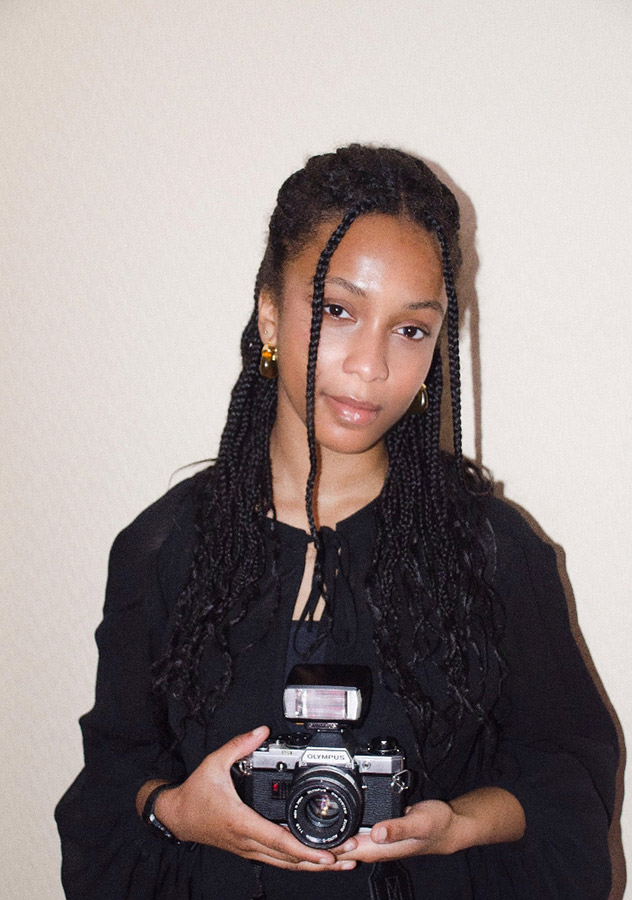
Favourite lens: Mamiya 80mm F4 L, Mamiya 60mm f/2.8, Olympus 50mm f/2.8
Used on: Mamiya 7II, Mamiya RZ67, Olympus OM-10

I like how these lenses help me to express how I feel – I take a lot of inspiration from cinema, especially surrealism and film noir. I also like to use prime lenses rather than zooms, as I feel it gives me more control and helps composition. My Mamiya 80mm lens is the sharpest lens I have ever used – you would think I shot it on digital – yet the images still have the film look.
The Mamiya 7II rangefinder focusing needs to be precise and takes some getting used to, but the more I use it, the more comfortable I get. There are positives to using rangefinders with prime lenses too – when I work digitally with a zoom lens I tend to overshoot. With film cameras I find I take more time and I love the results. With my 35mm Olympus system, I use the 50mm and 28mm lenses; again, they are so sharp, you wouldn’t know they were older.
Renee Mia
www.reneemia.co.uk, @reneemiaphotos
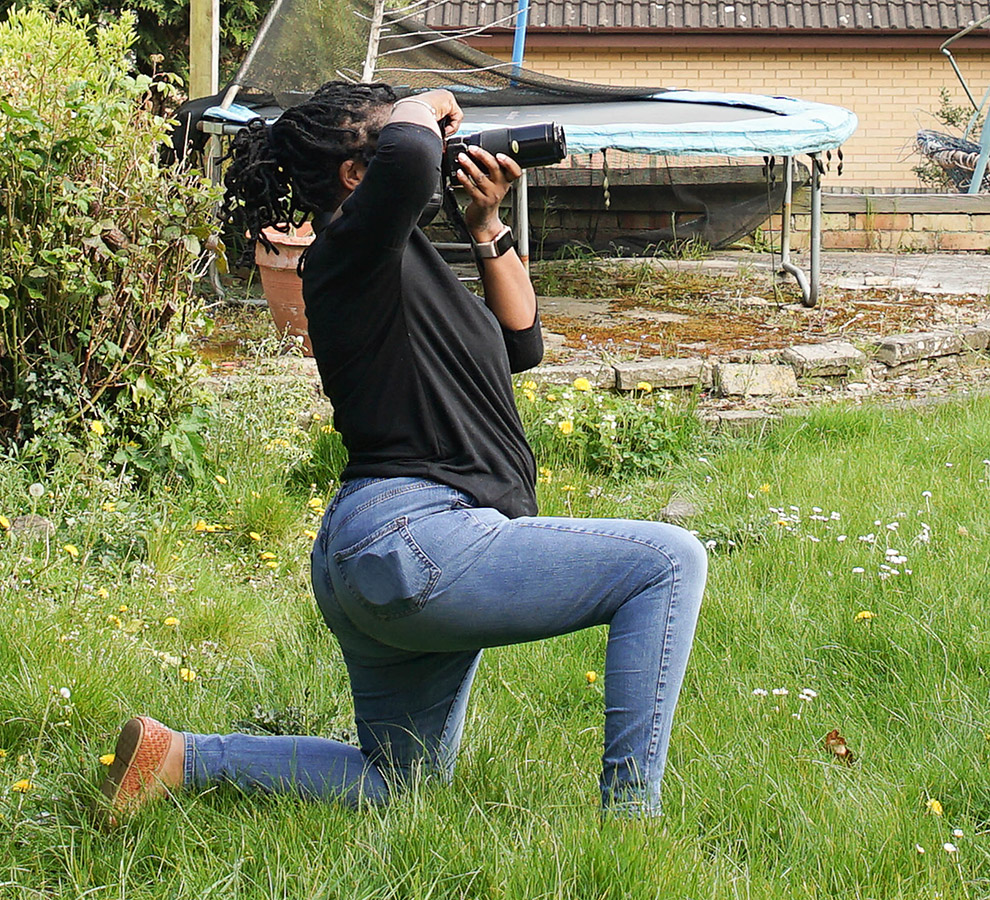
Favourite lens: Minolta AF 70-210mm f/4
Used on: Sony A7R and A7 II
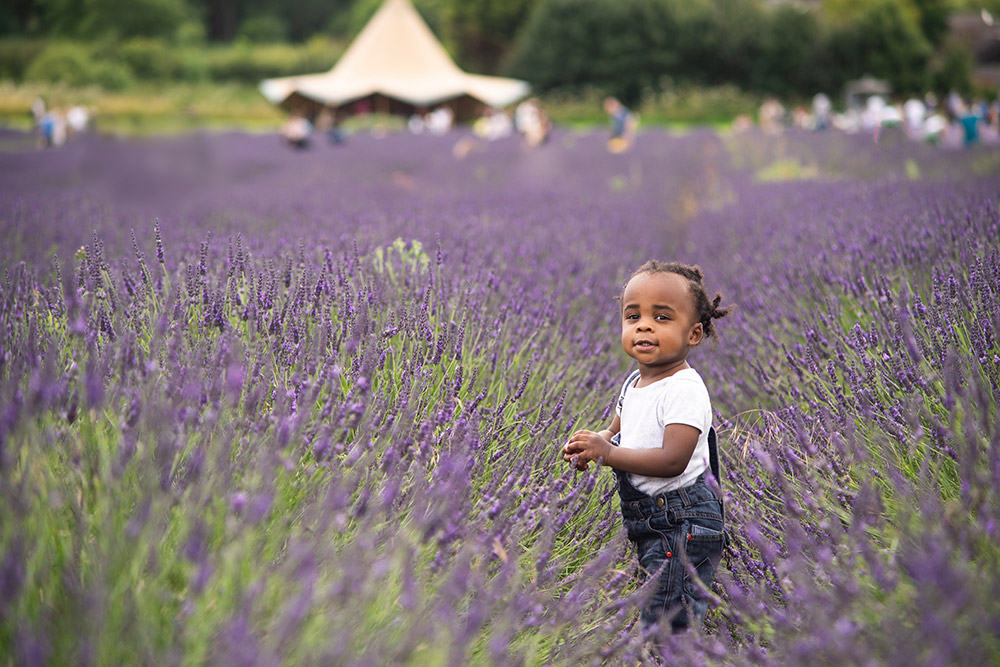
I love this long lens, which Minolta fans dub the ‘beer can’. Even at f/4, I find the lens sharp. I like the look of it too, and have managed to keep the lens in decent condition. I use the LA E84 adapter which meant could use old A mount lenses, and I can still get auto exposure and AF. As this is a relatively long lens, it’s very easy to blur the background at f/4, and I like the quality of the bokeh – this lens is great for outdoor shooting. The lens is well made too. It’s not heavy, but feels sturdy and reassuringly mechanical, and there is not too much plastic and rubber. I also like the old Minolta 35-70 f/4 lens, but the beer can is still my favourite.
Gill Prince
www.gillprince.com, Instagram & Twitter: @gillprincephoto

Favourite lens: Panasonic Lumix 14-140mm f/3.5-5.6
Used on: Panasonic Lumix G9
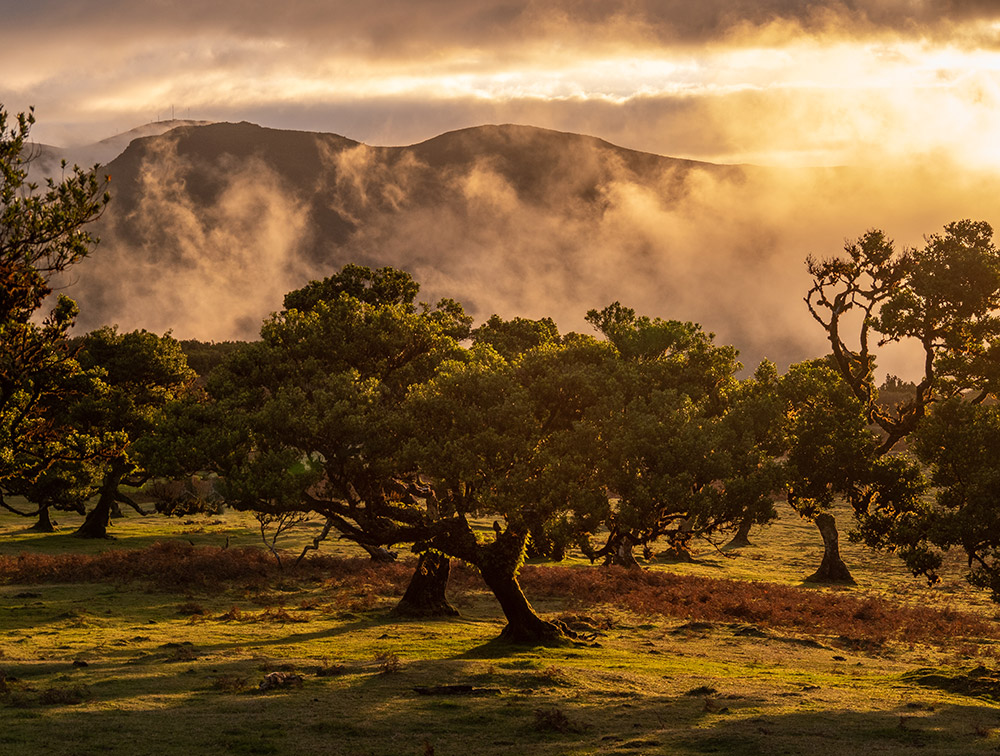
This is a great everyday lens. It has a flexible enough zoom range to cover everything I might need on a day out, and is small and light. I use the lens mainly for landscape and urban photography. Sharpness is excellent from wide open through to about f/14, but after that there is some deterioration in image quality when viewed at 100%, but I rarely need to go narrower than that anyway. A little extra aperture at the wide end would be helpful, as ever, and the AF hunts a bit with small objects on busy backgrounds, but this isn’t a huge issue. Overall, the image quality is still more than good enough for me to use it even for commercial purposes on occasion.
Katie Yorke

Favourite lens: Auto Super-Paragon 135mm f2.8
Used on: Canon EOS 70D
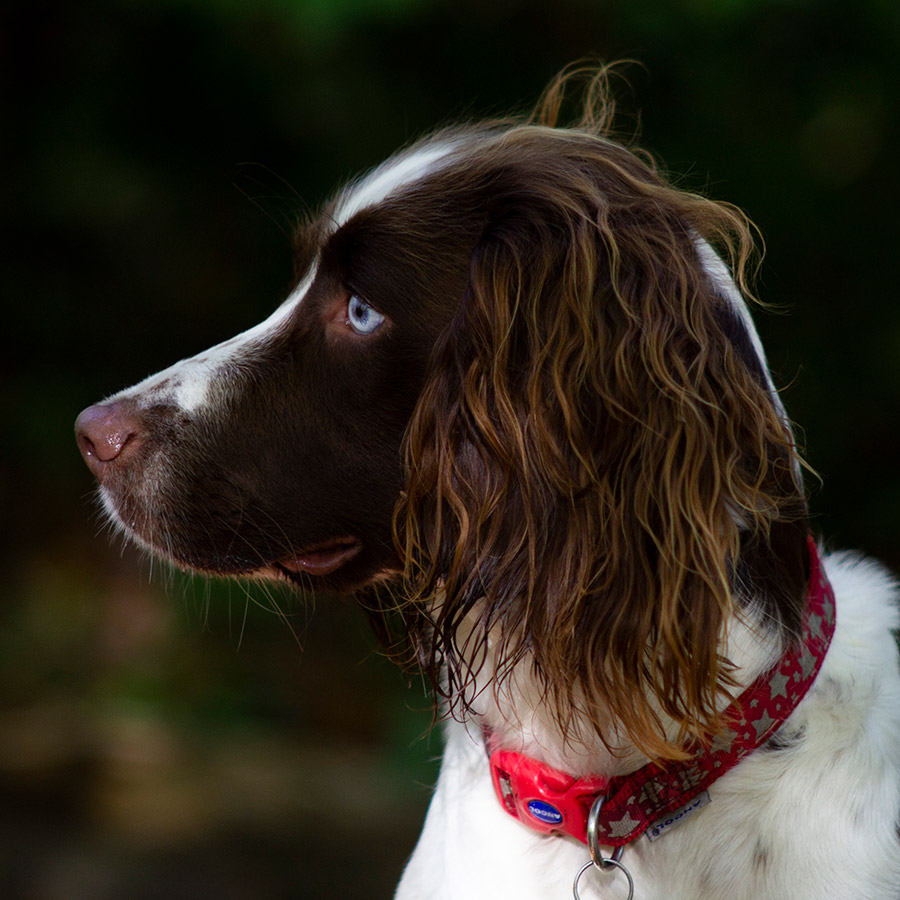
There is a certain ‘something’ about vintage lenses that really appeals to me. With this particular lens, the bokeh can sometimes be so in your face that it spoils the image, but on other occasions, it delivers perfection. This lens works really well for dreamy wildflower images. I use a Fusnid Pentax- Canon adapter, which you can pick up online for around £15.
I really believe that having to focus manually has helped me to improve my photography (I’m also a member of the Positive Image club in Sheffield). I am more known for my enthusiasm than my common sense, so having to take a moment and really stop and consider is good for me! I also find that depth of field makes more sense when using manual focus. When buying lenses, I work to the maxim ‘never gamble more than you are prepared to lose’ so I doubt I have paid much more than £30 for one. I also check to make sure there is a reasonably priced adapter available.
Matt Jerrams
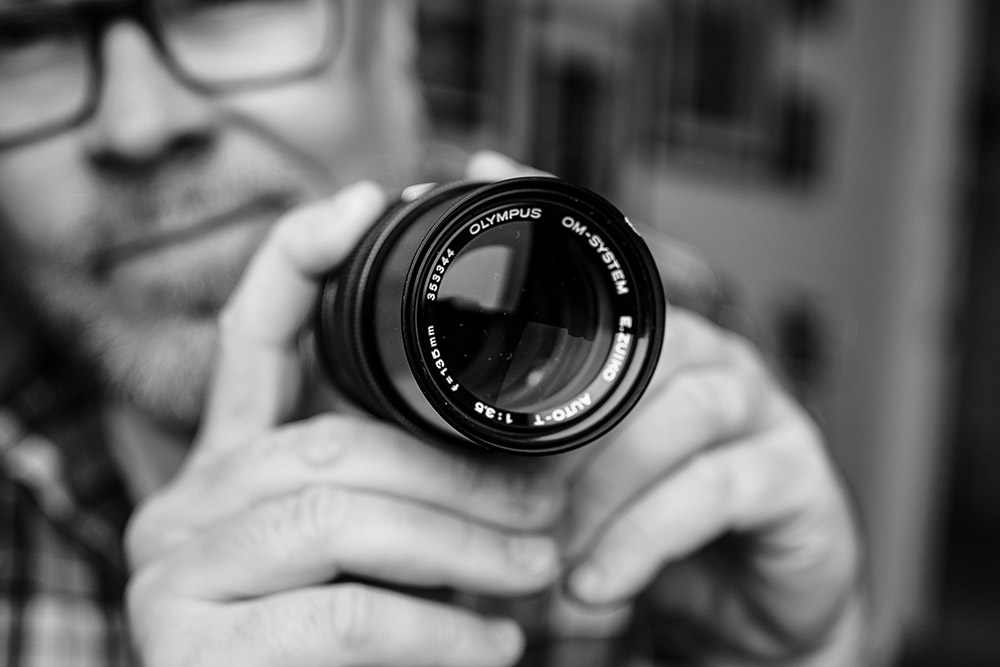
Favourite lens: Olympus E.Zuiko 135mm f/3.5
Used on: Sony A7C
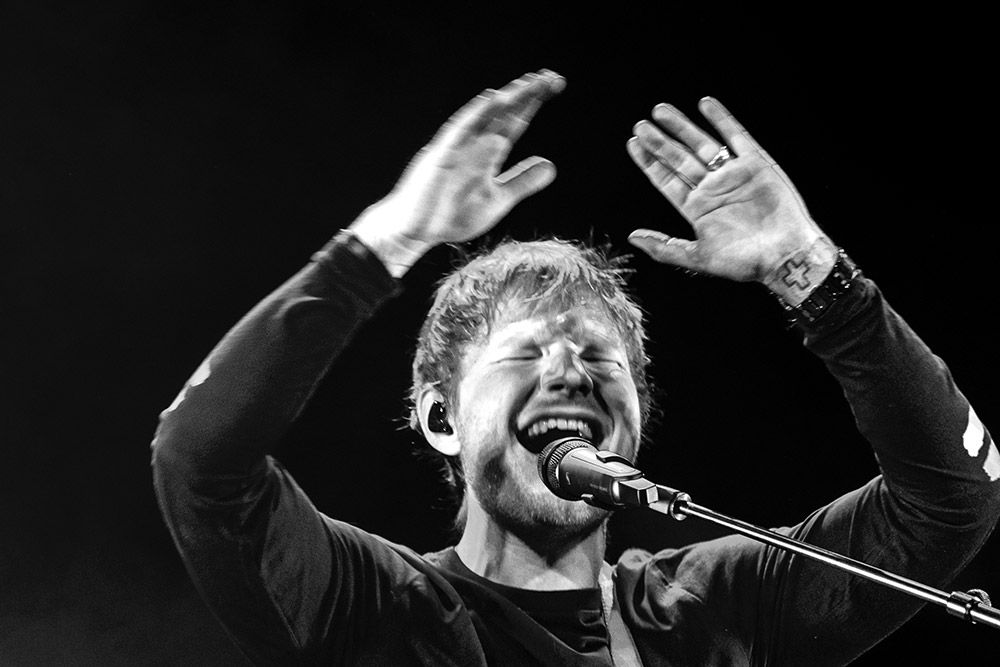
This lens was made about 1976 for the classic OM mount. I bought it online for about £15 some years ago. It costs over double that now, but still worth it. For good resolution and sharpness, most legacy OM Zuiko’s work pretty well on mirrorless bodies of 24MP and below, and it shines on my Sony (I use a simple adapter which cost £15).
The lens may only have a single coating, but it is pretty sharp in the centre of the image with only a slight fall-off around the edges when shooting wide open. Stop it down one and it’s very sharp across the frame. The lens also renders black & white particularly well.
The lens proved indispensable at an Ed Sheeran gig, using it with the Sony’s very handy APS-C setting – effectively giving me a focal length of just over 200mm. The trade-off is having a sub-11MP file (instead of 24MP), but shooting with spot metering still allowed for some excellent low ISO images.
Dean Lawrence
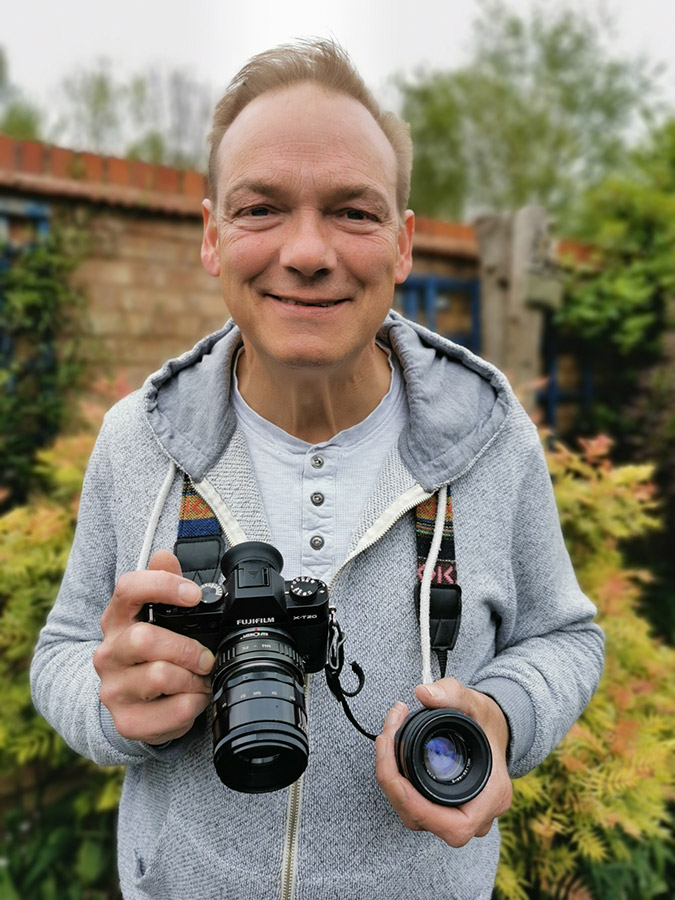
Favourite lens: Zeiss Jena Tessar 50mm f/2.8, Helios 44-2 58mm f/2, Helios 44 58mm f/2
Used on: Fujifilm X-T20

This image was taken with the Zeiss Tessar, which I picked up for £10. It reproduces what I see beautifully; it’s sharp where I need it to be sharp, with nice background blur. I shoot plants and flowers and I think the colours look great – there is a richness you don’t tend to get with modern lenses. I also like the Helios 44-2 58mm f/2 lens. This only cost £6.
After checking out YouTube videos, I reversed the front element, which accentuates the defocused area. Like Monet with painting, this lens gives more of an ‘impression’ of an image, and I feel closer to the subject (not that I am comparing myself to Monet!) Using the Helios 44-2, I always shoot wide open. I’ve tried using extension tubes but I tend to find a plus 2 or plus 3 dioptre is easier. I went on a landscape photography workshop recently and the workshop leader was so impressed with the lens, he ordered one with an adapter the following day. I have lots of other vintage lenses, too.
Keith De Mendonca
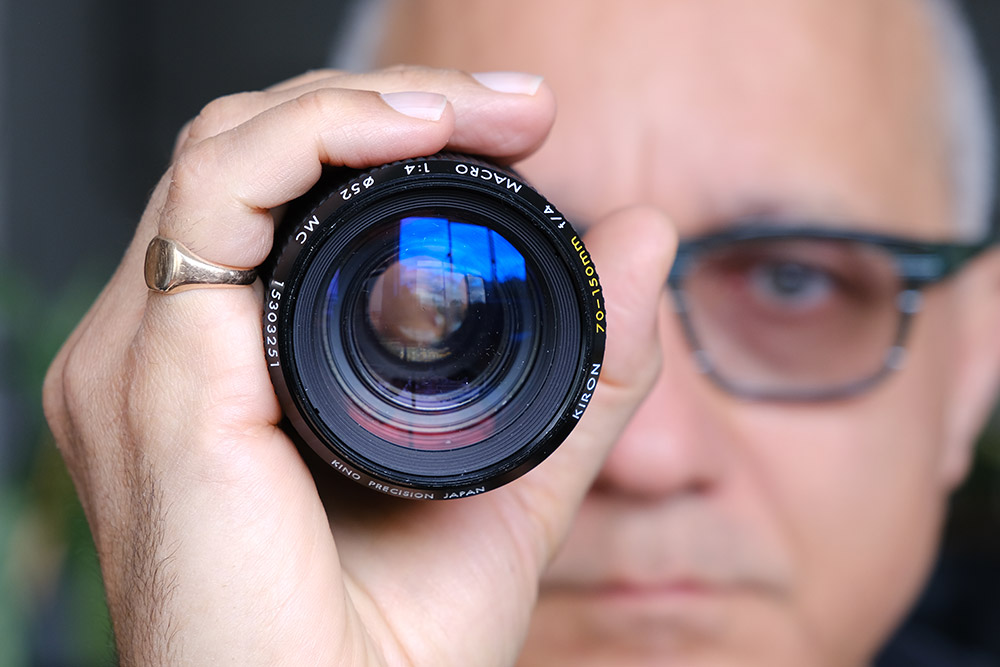
Favourite lens: Kiron 70-150mm f/4
Used on: Nikon D90 and Fujifilm X-M1
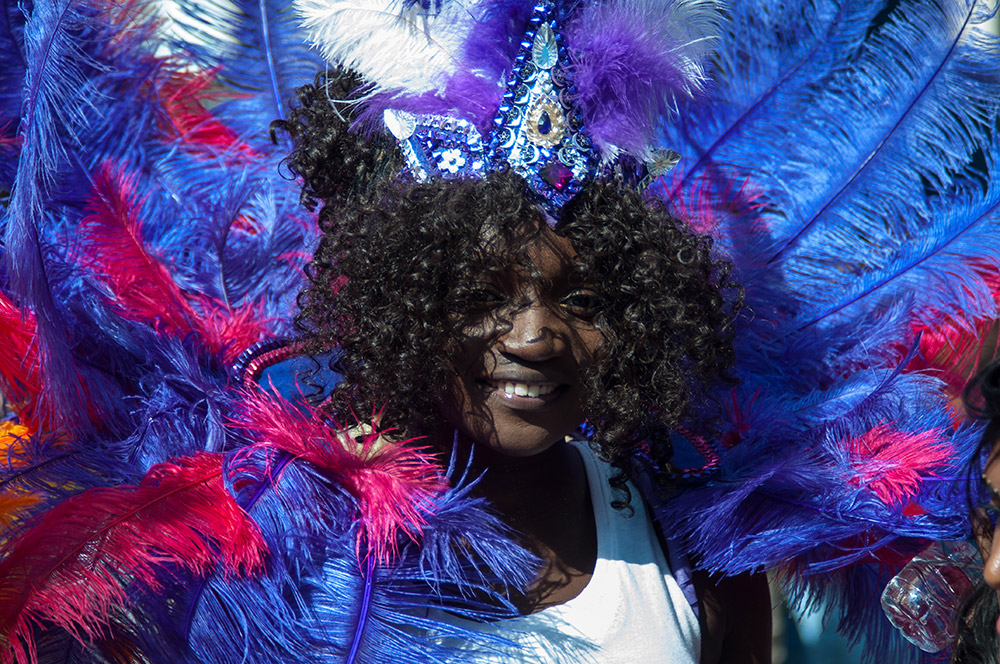
This lens only cost me £40 but images can be mighty sharp with a velvety blur and with rich colours that pop. I am happy to shoot wide open at f/4 for some images and the Kiron has a constant maximum aperture throughout its 70-150mm range, but I mainly use it at around f/8 to help me focus more easily. The light Kiron zoom lens works best for me with static subjects.
The downsides are the lack of a lens hood and it does suffer from light flare when aimed anywhere towards a strong light source. It’s an old lens and you do get a lot of purple fringing in some images – but that is easily fixed with software. Recently I bought a second-hand Fujifilm X-M1 but found the additional weight of the adapter, and having to use the screen to focus, unwieldy. I still got some good images, though.
Michelle Quinton

Favourite lens: Canon EF 90-300mm f/4.5-5.6 EF USM
Used on: Canon EOS 1100D
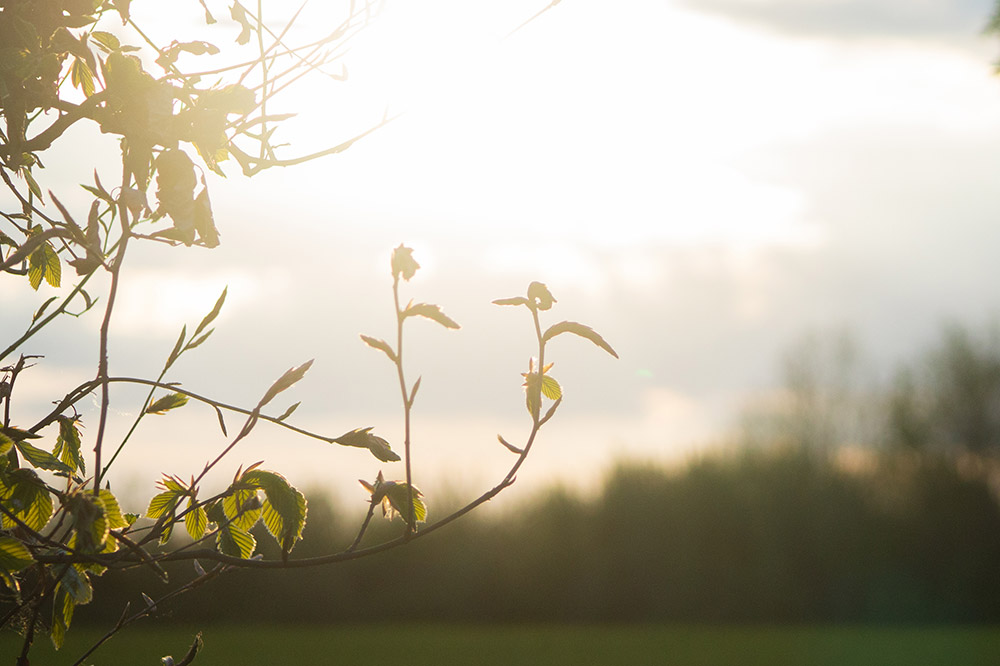
What I love most about this lens is the way that it compresses the image as you zoom in. I find that you can get some really interesting effects when using it for different types of photography. I don’t think there’s anything specific I dislike about the lens, just the usual issues associated with zoom lenses. For example, I find it a challenge to hold it totally steady when zoomed right in.
If you don’t have an incredibly steady hand you’ll likely want to use a tripod, which can be a pain if you want to lighten your load. I enjoy macro, so I often find myself swapping lenses, but I find this lens is quite good for this genre, too. Shop around and you can pick up the lens for under £100 used, which is a good deal.
Check out our buying advice and lens reviews for more lens recommendations.
Best lenses by brand/mount: Canon EF mount, Canon RF mount, Nikon F mount, Nikon Z mount, Sony E-mount, Fujifilm X-mount, Best Micro Four Thirds lenses (Olympus / Panasonic), Best Pentax lenses.

